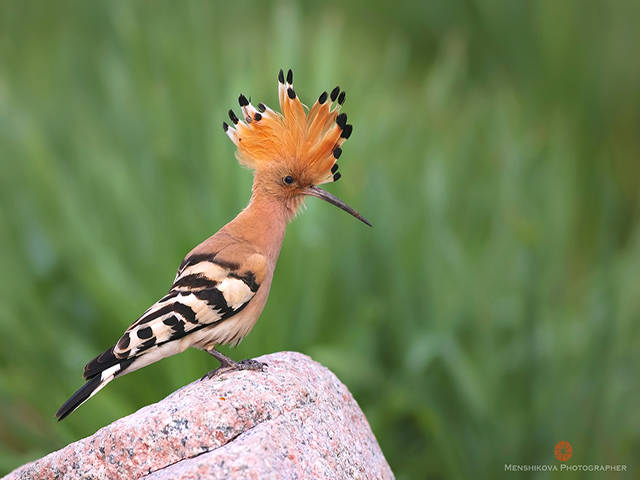
Common breeding migrant. Occurs in floodplains and riparian forests with low-grass edges and gullies, in the camps of shepherds and their ruins, in the vicinity of villages and towns, in cemeteries, gardens, in low mountains and foothills with rocky gorges and clay ravines. Lives at altitudes to 1600 m on Altai and 1800-2000 m in Tien Shan. Arrives to southern areas in end of February – March singly or in small groups, and in April to northern areas and in mountains. Breeds by separate pairs not close one to another. Nests is located on tree or in precipice holes, in any cavity of houses, sheep-folds, cemetery monuments, under the bridges etc. Clutch of 5-12 eggs is laid in April – mid-June. Female incubates for 16-18 days, male brings the food to her. Both parent rear juveniles which fledge at age 22-24 days old, in end of May – early August; about two weeks after fledging parents continue to feed juveniles. Probably rears two broods per season, re-nesting after loss of first clutch is common. In late summer broods disperse, at some places the groups of two-three dozen birds often occur. Autumn migration pass mostly in August, odd birds linger up to early October.
Gavrilov E. I., Gavrilov A. E. "The Birds of Kazakhstan". Almaty, 2005. Э.И.Гаврилов. "Фауна и распространение птиц Казахстана". Алматы, 1999. В.К.Рябицев. "Птицы Урала, Приуралья и Западной Сибири". Екатеринбург. Изд-во Уральского университета, 2000.